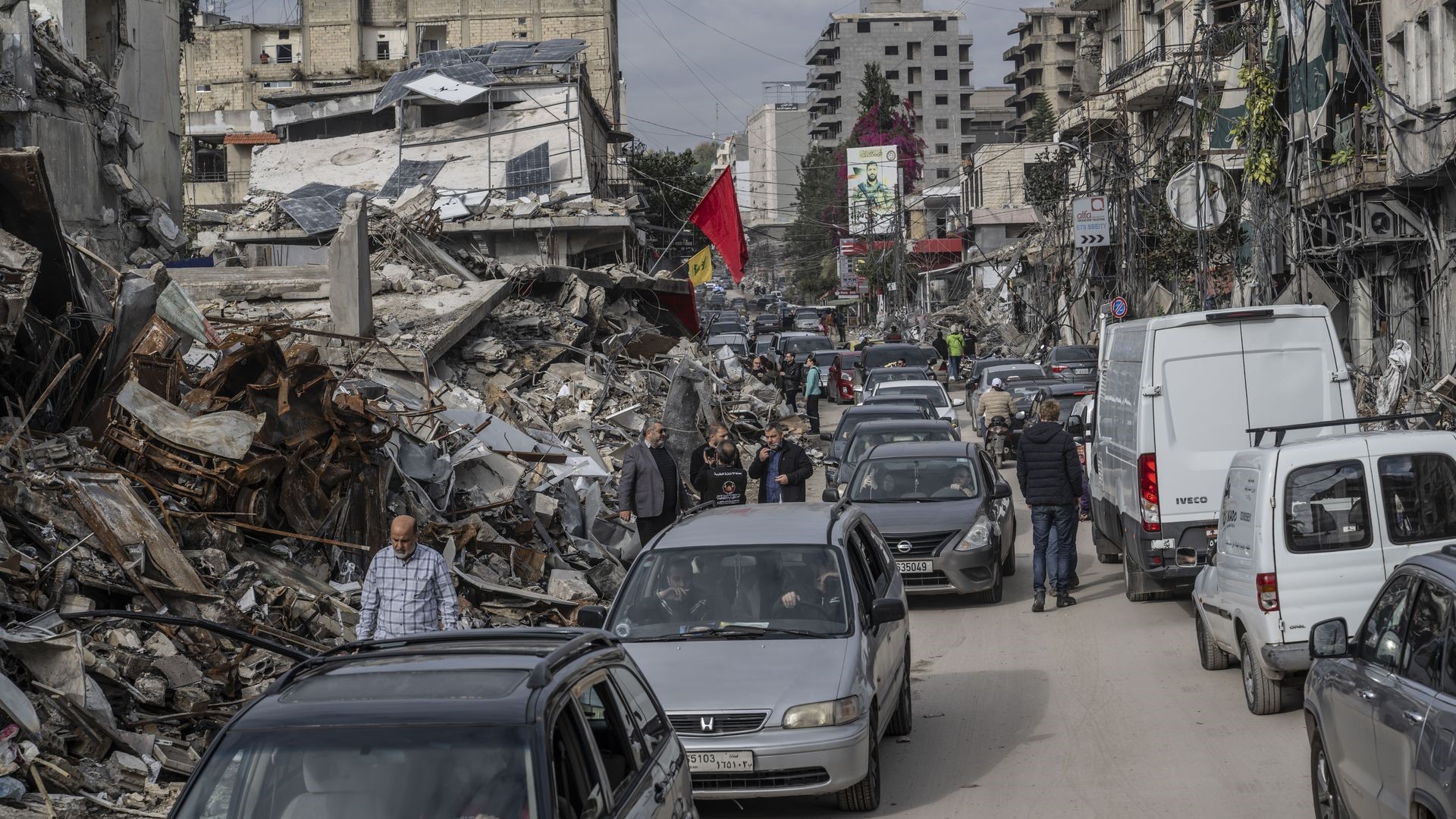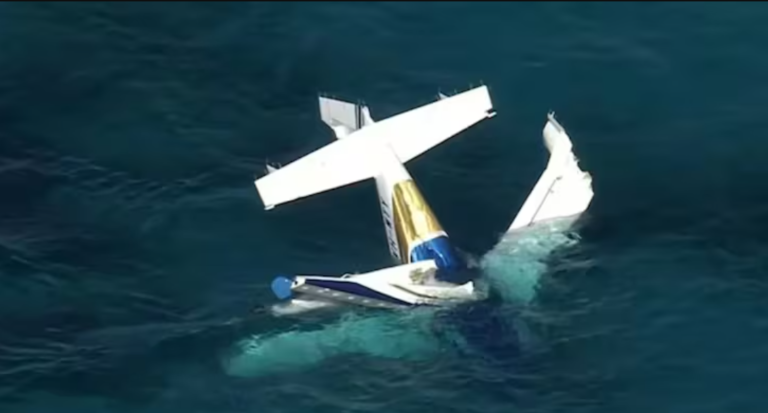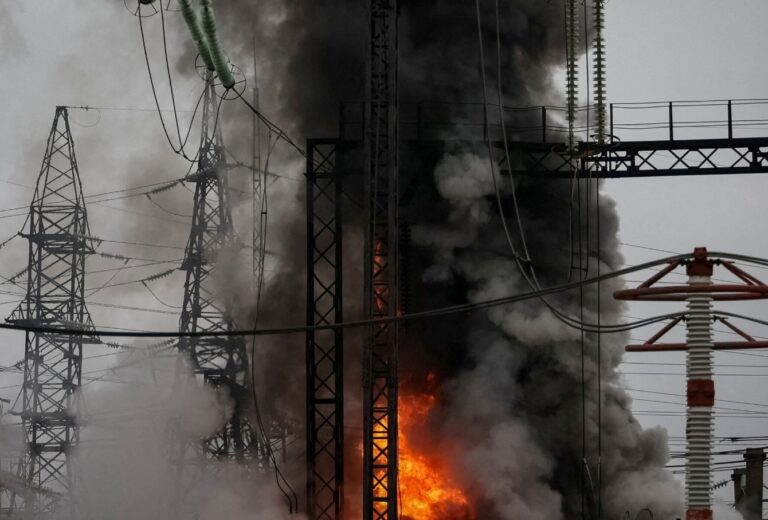The streets of Nuweiri, a district in central Beirut, were filled with a palpable sense of fear and uncertainty on Tuesday. Cars were jammed, and pedestrians hurriedly carried bags filled with their belongings, unsure of their next steps but certain they could not stay. The Israeli military had issued evacuation warnings, marking the first time such an order was given for these areas. The sudden escalation left residents scrambling to find safety.
As per the sources of Leaders, these were the feelings of the locals, just hours earlier, an Israeli airstrike had flattened a building, killing at least seven people. Our attempt to visit the site of the attack was thwarted by the overwhelming crowds fleeing the area. Local men on motorbikes stopped us from continuing, warning that it was not safe to proceed. Moments later, the night descended into chaos, with explosions echoing throughout the city and gunshots signaling further warnings to seek shelter. The sound of Israeli drones could be heard constantly overhead, adding to the tension and uncertainty.
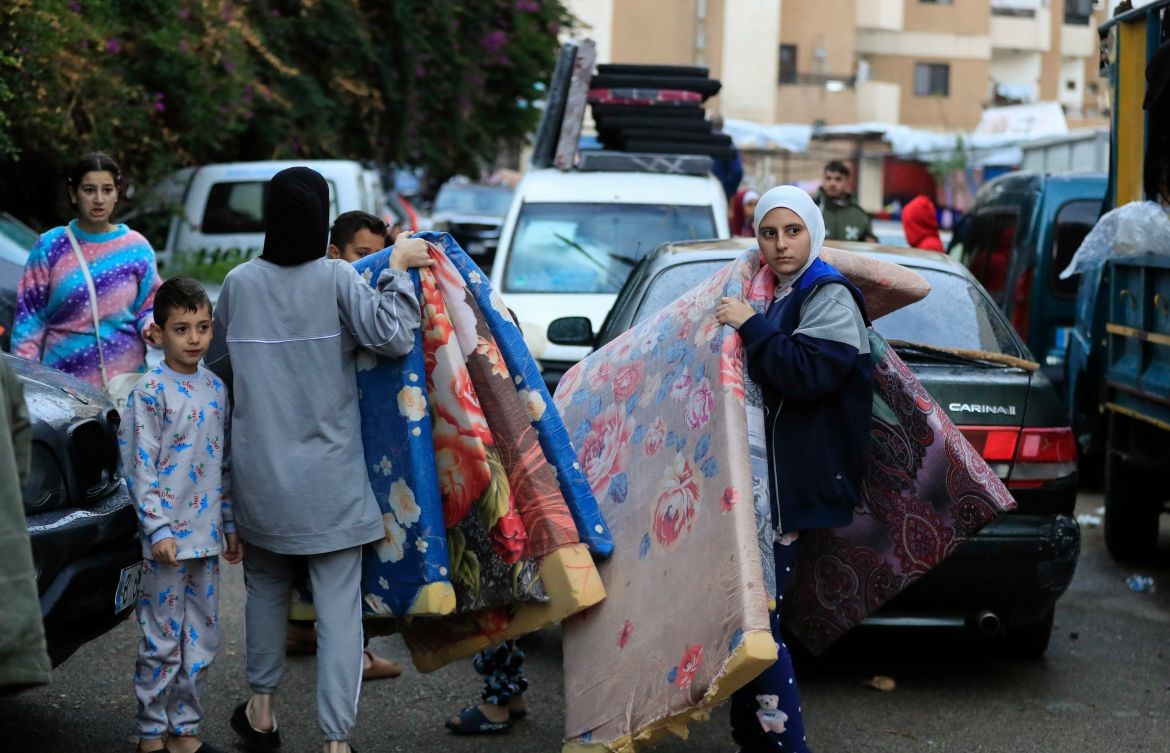
According to the Leaders sources, this marked the most intense bombardment of Beirut in the ongoing conflict between Israel and Hezbollah, an Iranian-backed militant group. As Israel waited to make a decision on a ceasefire agreement, the situation grew increasingly dire. Fighter jets hit 20 targets in the southern suburbs of Beirut, an area known as Dahieh, which is home to Hezbollah’s stronghold in the city. The Israel Defense Forces (IDF) confirmed the strikes targeted Hezbollah facilities, but the relentless bombardment left the city in ruins.
While a ceasefire has now been officially announced, Lebanon faces a long road to recovery. The war, which began in October 2023, has taken a devastating toll on the country. Over 3,700 people have been killed, and one million residents have been displaced, particularly in areas with a strong Hezbollah presence. The World Bank estimates the economic losses and damage from the conflict to be around $8.5 billion, with the reconstruction process expected to take years.
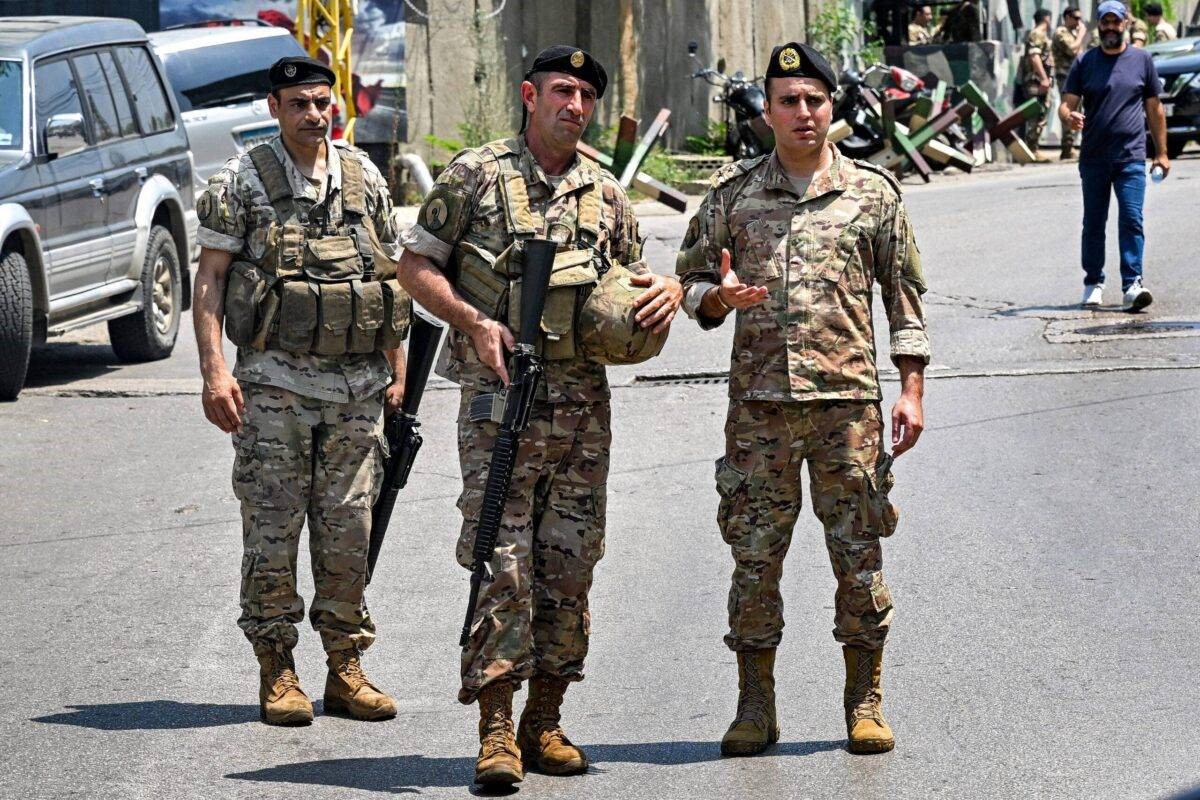
Under the terms of the ceasefire agreement, Lebanese soldiers will be deployed to the southern region after the withdrawal of both Israeli forces and Hezbollah fighters. However, there are significant concerns about how this deployment will unfold. The Lebanese military has expressed doubts about its ability to fulfill its obligations due to a lack of resources, including money, manpower, and equipment. Moreover, the question remains whether the Lebanese military will be able to confront Hezbollah if needed, given the deep sectarian divisions within the country.
For many, the possibility of internal conflict looms large. If the military is forced to confront Hezbollah, it could spark a dangerous divide, pitting Lebanese citizens against one another. Despite these challenges, some Lebanese officials believe there is political will for change, with a recognition that the country must move forward and rebuild.
Hezbollah, too, has been severely impacted by the war. Many of its leaders, including long-time chief Hassan Nasrallah, have been killed, and its infrastructure has been significantly damaged. While the group has been weakened, it has not been destroyed. Hezbollah remains a powerful political and social force in Lebanon, with strong support among Shia Muslims. Its opponents will likely see the aftermath of the conflict as an opportunity to limit the group’s influence.
Before the war, Hezbollah was often referred to as a “state within a state,” due to its political clout and military strength. Many Lebanese citizens, especially those outside of Hezbollah’s support base, have long believed the group had led the country into a conflict that was not in Lebanon’s best interests.
While the ceasefire agreement brings hope for an end to the conflict with Israel, many fear that Lebanon’s internal divisions may ignite a new round of violence. The road to recovery will be difficult, and questions about Lebanon’s political future remain unanswered as the country struggles to rebuild and chart a path forward.



